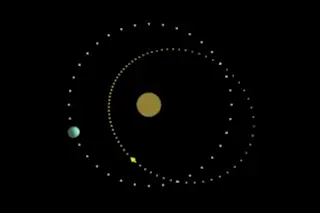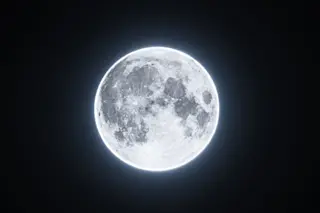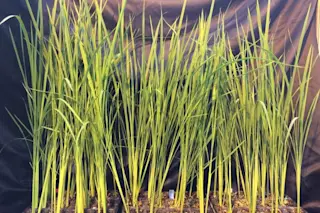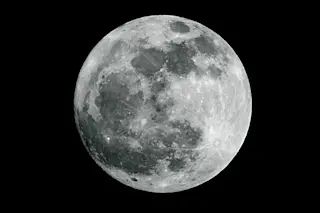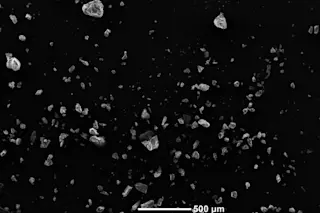This article was originally published on March 2, 2015.
We all know and love the moon. We’re so assured that we only have one that we don’t even give it a specific name. It is the brightest object in the night sky, and amateur astronomers take great delight in mapping its craters and seas. To date, it is the only other heavenly body with human footprints.
What you might not know is that the moon is not the Earth’s only natural satellite. As recently as 1997, we discovered that another body, 3753 Cruithne, is what’s called a quasi-orbital satellite of Earth. This simply means that Cruithne doesn’t loop around the Earth in a nice ellipse in the same way as the moon, or indeed the artificial satellites we loft into orbit. Instead, Cruithne scuttles around the inner solar system in what’s called a “horseshoe” orbit.
To help understand why it’s ...


